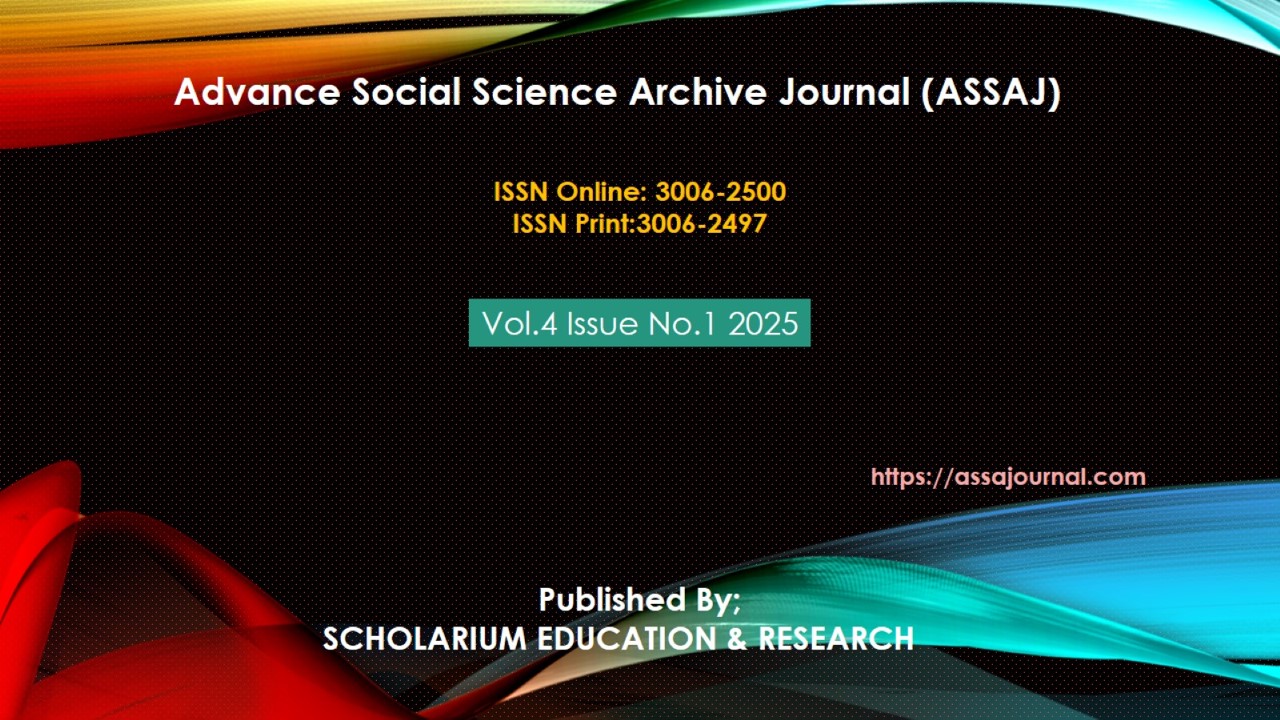The Impact of Urbanization on Internal Freshwater Availability: Country-Level Analysis of Pakistan, India, and Bangladesh
Abstract
Rapid urbanization is becoming more problematic as it is threatening the internal freshwater resources of countries in various ways. This includes direct extractions of groundwater resources, reducing infiltration and groundwater recharge through rapid urban development and climate change, increased agricultural activities, and industrial water extraction, and polluting existing groundwater resources. This study aims to find out how the urban population has affected the renewable internal freshwater resources per capita of three countries of South Asia, namely Pakistan, India, and Bangladesh, which are the largest extractors of groundwater in South Asia. A mixed methods approach has been used, where quantitative findings are supported by qualitative evidence through existing literature and “Urban Environment Transition Theory” as the theoretical framework. For quantitative analysis, data on the urban population and renewable internal freshwater resources have been taken from The World Bank for thirty years, from 1990 to 2020. Simple linear regression analysis and correlation analysis are carried out to find the impact of urban population on renewable internal freshwater resources. A null hypothesis that there is no significant impact of urbanization on internal freshwater resources has been rejected in all three countries, and the research hypothesis is accepted. Results are substantial, and variables are highly, significantly, and negatively correlated. R-Square values also showed that the model is a good fit. The highest impact of urban population on renewable internal freshwater resources is seen in Bangladesh, the second highest impact is in Pakistan, and India shows the least impact in this study. Furthermore, forecasting has been done for the next ten years, starting from 2021 to 2030, which shows that if the current trend continues, Pakistan is the most vulnerable country and will become water-scarce in 2030. Bangladesh is the second most susceptible country after Pakistan, and the least vulnerable country is India in this regard.
Keywords: Urbanization, Internal Freshwater Availability, Country-Level, Pakistan, India, Bangladesh





